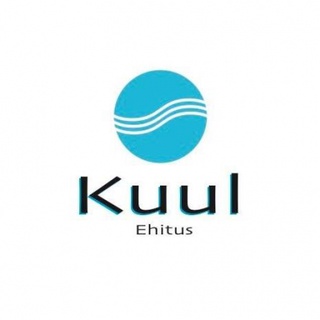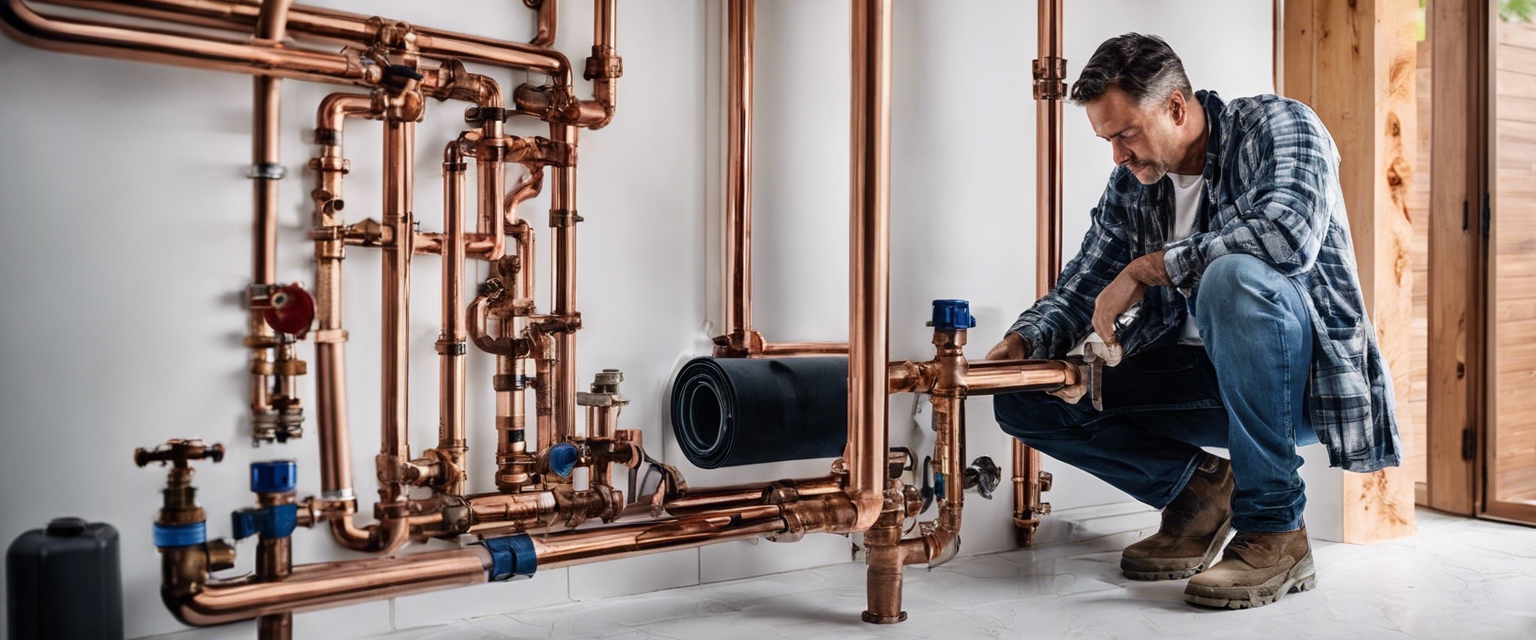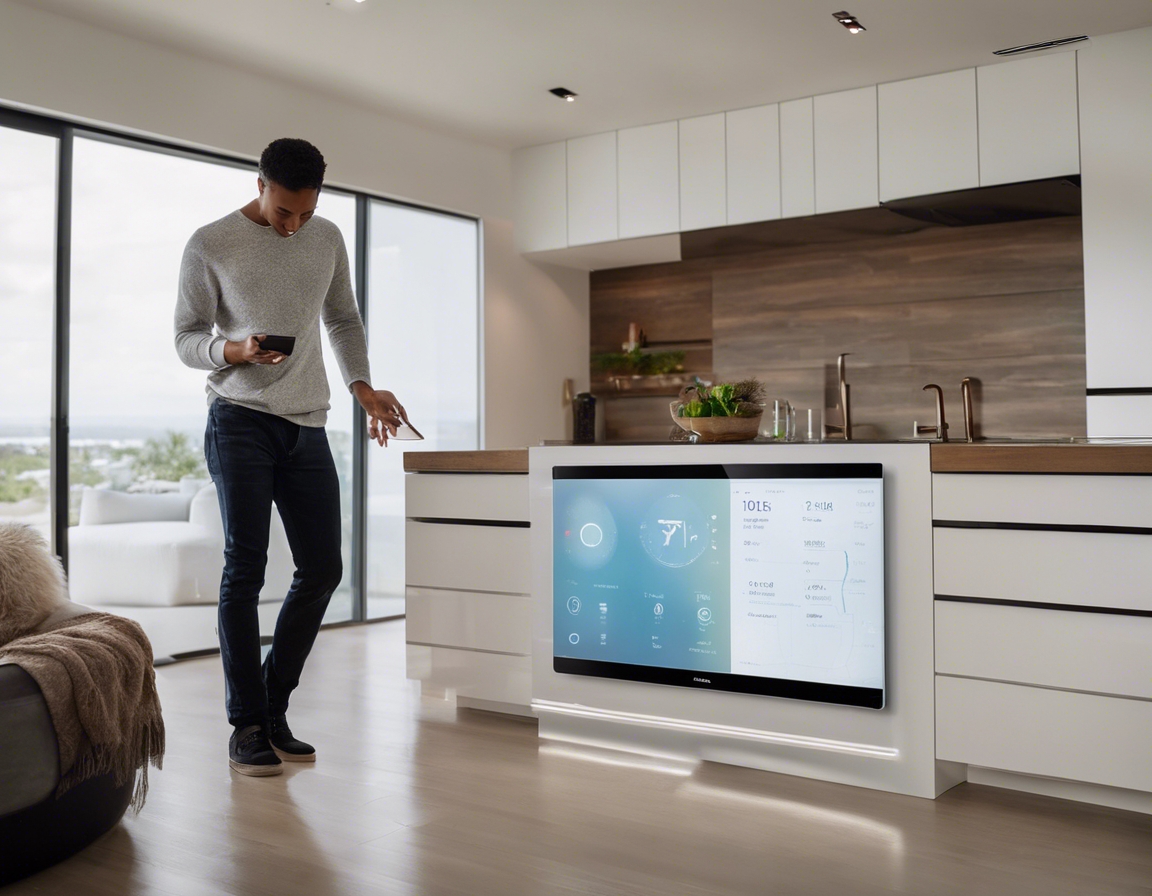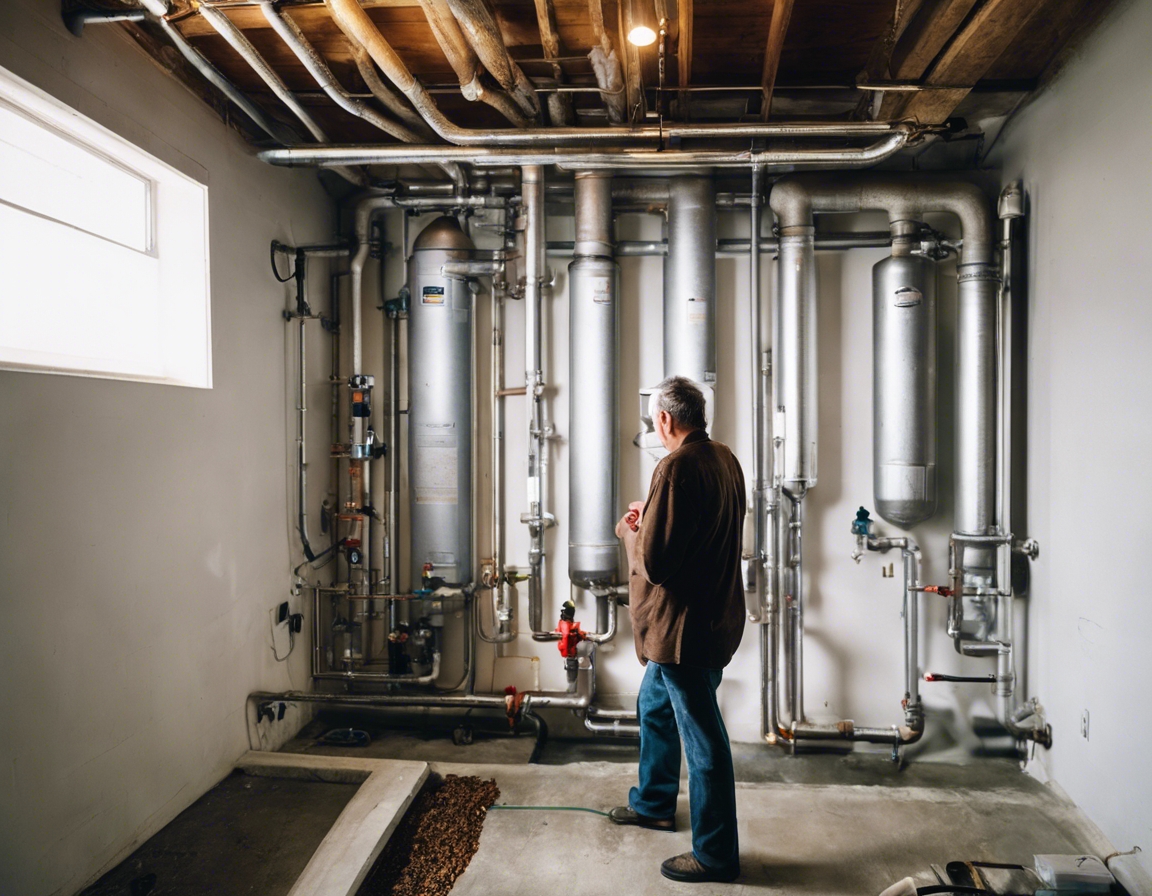How to design plumbing for modern homes
Today's homeowners demand plumbing systems that are not only functional but also align with their values of sustainability and modern aesthetics. The plumbing design must cater to their tech-savvy lifestyles while ensuring water efficiency and reliability.
Modern plumbing systems are designed with a focus on reducing water usage and energy consumption. This not only helps in conserving natural resources but also in reducing utility bills, making it a win-win for both the environment and homeowners.
Key Considerations for Modern Plumbing Systems
Designing a plumbing system for modern homes starts with choosing fixtures and appliances that are designed to conserve water. Low-flow toilets, faucets, and showerheads can significantly reduce water usage without compromising performance.
Using high-quality, durable materials for pipes and fittings can prevent leaks and other issues, ensuring a long-lasting plumbing system. Materials like PEX or copper are popular choices for their longevity and ease of installation.
Modern homes often include smart home technology, and plumbing is no exception. Systems that can be monitored and controlled via smartphones are becoming increasingly common, offering homeowners convenience and peace of mind.
The visual aspect of plumbing fixtures is also important in modern design. Sleek lines, minimalistic styles, and hidden pipework are preferred to maintain the clean look of contemporary homes.
Planning Your Plumbing Layout
Creating a detailed plan for water supply and drainage is crucial. This involves mapping out the location of fixtures and ensuring that the water supply and waste lines are efficiently laid out to prevent future problems.
Designing a plumbing system with flexibility for future upgrades or changes can save time and money. This includes considering the potential for new appliances or bathroom renovations.
Using a manifold system allows for individual control of the water supply to different areas of the home, which can improve efficiency and ease of maintenance.
Choosing the Right Fixtures and Appliances
Selecting toilets and faucets that meet high-efficiency standards is essential for water conservation. Look for products with the WaterSense label to ensure they are environmentally friendly.
Modern shower systems offer a range of features from rainfall heads to body jets, all designed to enhance the showering experience while being mindful of water usage.
Choosing appliances like dishwashers and washing machines with high energy and water efficiency ratings can contribute significantly to a home's overall sustainability.
Integrating Smart Plumbing Technology
Smart leak detection systems can alert homeowners to even the smallest leaks, preventing potential water damage and saving water.
Automated shutoff valves can stop water flow in the event of a detected leak, protecting the home from extensive water damage.
Smart water heaters and pumps can be programmed to operate more efficiently, reducing energy usage and providing hot water on demand.
Ensuring Proper Ventilation and Drainage
Vent pipes are essential for preventing sewer gases from entering the home and for maintaining proper drainage flow. They must be correctly sized and installed to function effectively.
Good drainage is key to preventing water buildup and potential damage. This includes having properly sloped pipes and using materials that resist clogging and corrosion.
Maintaining and Servicing Your Plumbing System
Regular inspections and maintenance are vital to ensure that the plumbing system remains in good working order. This can help identify potential issues before they become major problems.
Working with a qualified and experienced professional is crucial for the installation and repair of plumbing systems. They can provide valuable advice and ensure that the work is done to the highest standards.






Comments (0)